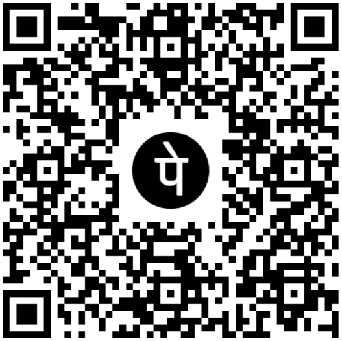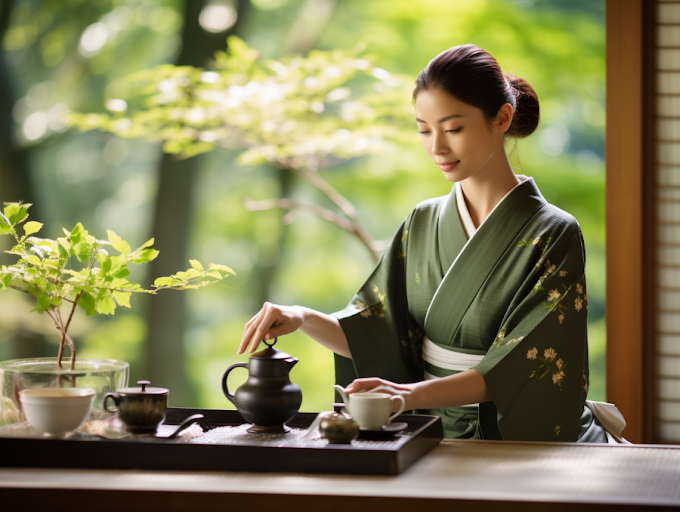Read more »
Dưới đây là bộ 20 câu trắc nghiệm đọc hiểu tiếng Anh với chủ đề khác về Nhật Bản, dài hơn và có phần đọc hiểu sâu hơn:
## 🍵 **Topic: Japanese Tea Culture and Traditions**
### 📖 **Passage: The History and Importance of Tea in Japan**
Tea has been an important part of Japanese culture for centuries. It was first introduced to Japan from China during the 9th century. Over time, tea drinking became a spiritual practice influenced by Zen Buddhism. The Japanese tea ceremony, known as **chanoyu** or **sado**, is a carefully choreographed ritual that emphasizes harmony, respect, purity, and tranquility.
The tea ceremony involves preparing and serving matcha, a powdered green tea. The process uses special utensils and follows a series of precise steps. Guests are expected to appreciate the beauty of the surroundings, the tea bowls, and the movements of the host. The ceremony is not just about drinking tea but also about mindfulness and connection.
Tea culture in Japan is also linked to festivals and social gatherings. Many people enjoy tea in daily life, and tea houses can be found in gardens and temples. Japanese green tea is known for its health benefits and delicate flavor.
---
### **Questions:**
1. When was tea first introduced to Japan?
A. 5th century
B. 9th century
C. 15th century
D. 19th century
✅ **Answer: B**
2. Which country did Japan get tea from?
A. Korea
B. China
C. India
D. Thailand
✅ **Answer: B**
3. What religious practice influenced the Japanese tea ceremony?
A. Shinto
B. Buddhism
C. Zen Buddhism
D. Christianity
✅ **Answer: C**
4. What is another name for the Japanese tea ceremony?
A. Ikebana
B. Chanoyu or Sado
C. Kabuki
D. Origami
✅ **Answer: B**
5. What type of tea is used in the tea ceremony?
A. Black tea
B. Matcha (powdered green tea)
C. Herbal tea
D. Oolong tea
✅ **Answer: B**
6. What qualities does the tea ceremony emphasize?
A. Speed and efficiency
B. Harmony, respect, purity, and tranquility
C. Wealth and power
D. Loudness and excitement
✅ **Answer: B**
7. What is important for guests to appreciate during the ceremony?
A. The food served
B. The beauty of surroundings, tea bowls, and host’s movements
C. The music only
D. The temperature of the room
✅ **Answer: B**
8. The tea ceremony is mostly about:
A. Drinking tea quickly
B. Mindfulness and connection
C. Competing with others
D. Eating snacks
✅ **Answer: B**
9. Where can tea houses often be found in Japan?
A. Shopping malls
B. Gardens and temples
C. Airports
D. Schools
✅ **Answer: B**
10. What is Japanese green tea known for?
A. Being expensive only
B. Health benefits and delicate flavor
C. Being bitter and strong only
D. Being sweet
✅ **Answer: B**
11. The tea ceremony uses:
A. Special utensils and precise steps
B. No rules
C. Fast preparation
D. Random tools
✅ **Answer: A**
12. Tea culture in Japan is linked to:
A. Festivals and social gatherings
B. Only eating sweets
C. Farming only
D. Technology
✅ **Answer: A**
13. The introduction of tea to Japan came from:
A. Southeast Asia
B. China in the 9th century
C. Europe
D. America
✅ **Answer: B**
14. The practice of tea drinking in Japan became:
A. A spiritual practice influenced by Zen Buddhism
B. A way to compete with neighbors
C. A sport
D. A musical tradition
✅ **Answer: A**
15. Guests in the tea ceremony must:
A. Drink tea loudly
B. Appreciate and respect the ceremony
C. Leave early
D. Bring their own tea
✅ **Answer: B**
16. Tea houses are places where people can:
A. Buy tea only
B. Enjoy tea and the peaceful atmosphere
C. Watch TV
D. Play games
✅ **Answer: B**
17. The powdered green tea used is called:
A. Genmaicha
B. Matcha
C. Sencha
D. Hojicha
✅ **Answer: B**
18. The tea ceremony is a reflection of:
A. Japanese values and aesthetics
B. Modern technology
C. Fast food culture
D. Western traditions
✅ **Answer: A**
19. Which of the following is NOT a quality emphasized in the tea ceremony?
A. Harmony
B. Respect
C. Noise
D. Purity
✅ **Answer: C**
20. The Japanese tea ceremony shows the importance of:
A. Mindfulness and peaceful living
B. Speed and power
C. Loud celebrations
D. Wealth and luxury
✅ **Answer: A**
---
Bạn có muốn mình tạo file PDF hoặc Google Form cho bộ câu hỏi này không?
















0 Reviews